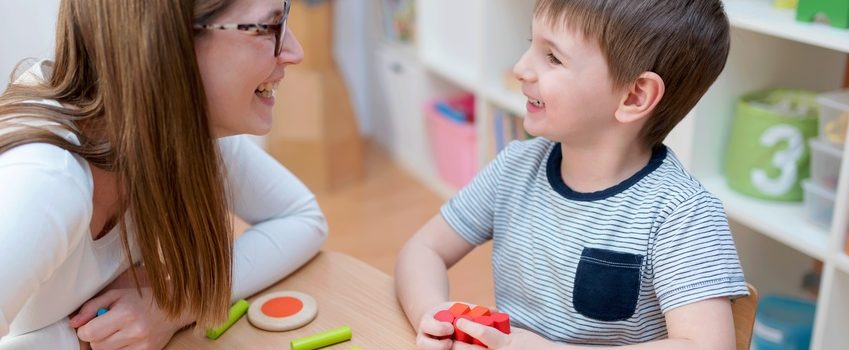The role of play in the classroom is crucial for students to help them discover, apply new concepts and expand skills and knowledge. However, the constant push towards standardized testing beginning in Kindergarten has resulted in less playing to learn in classrooms across the country.
Educators who realize the importance of this kind of play are turning to strategies like gamification to enhance lessons and give students the opportunity to fall back to that natural inclination to play to learn. Many apps and video games feel like “play,” but they are specifically designed to teach.
Younger children are often given time to free play. Typically found in lower elementary classrooms, students choose from a variety of educational toys, games, and activities within a structured framework. Guided play has become a popular way for a teacher to control the discovery and learning. Educational role-playing games and online video games that teach students as they progress take the art of game playing and make it an assignment.
Play in the classroom doesn’t have to be kept for younger children. The right types of guided play can help students in middle and high school engage, work with others, and discover within advanced lessons and subjects. Teachers can use improv activities, role-playing, or ask students to develop their own games to display content mastery of the subjects.
The word play may sound like free-time or the opposite of work and progress, but teachers who develop games and take advantage of guided play exercises will engage their students and see better overall results.
How do you introduce play into your classroom?

